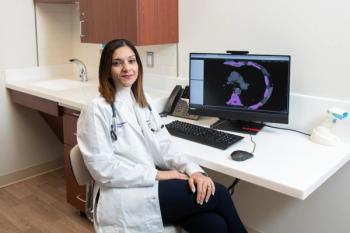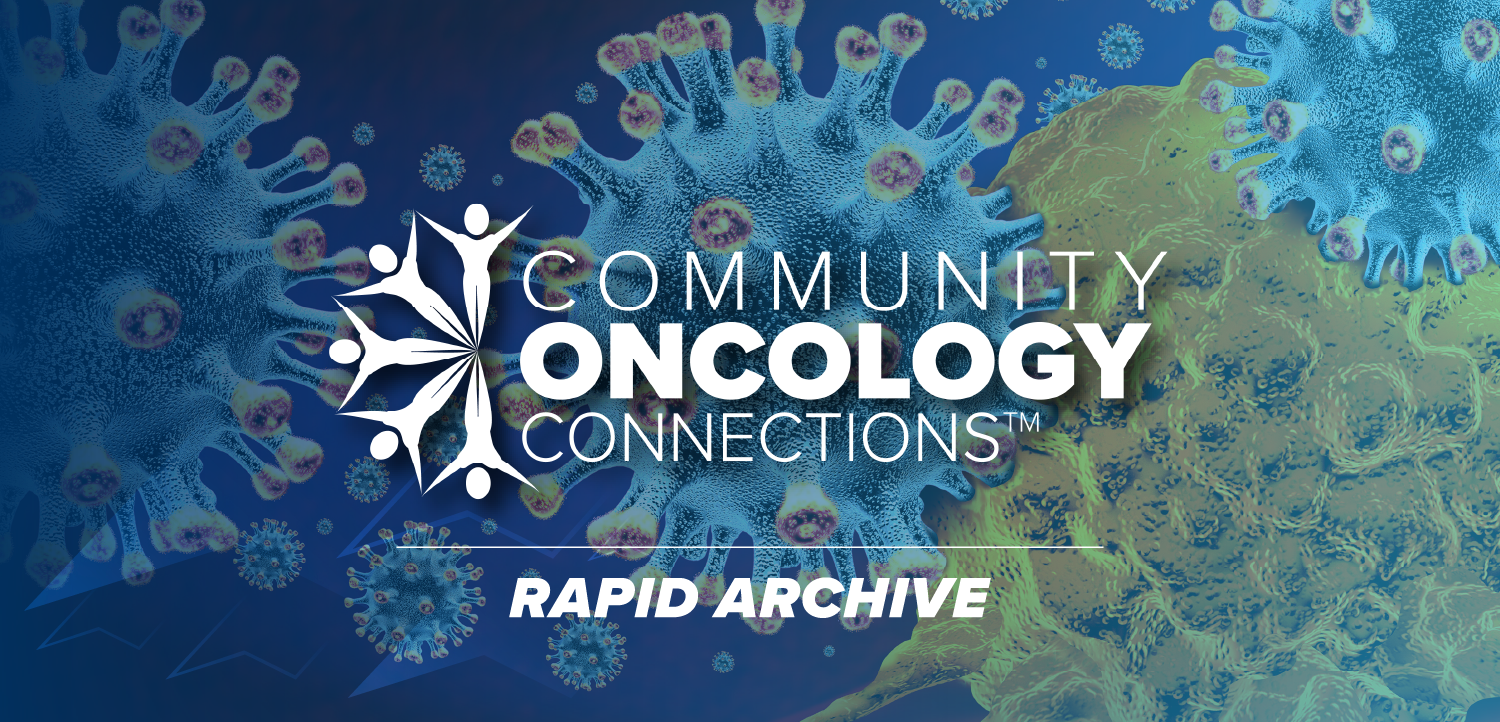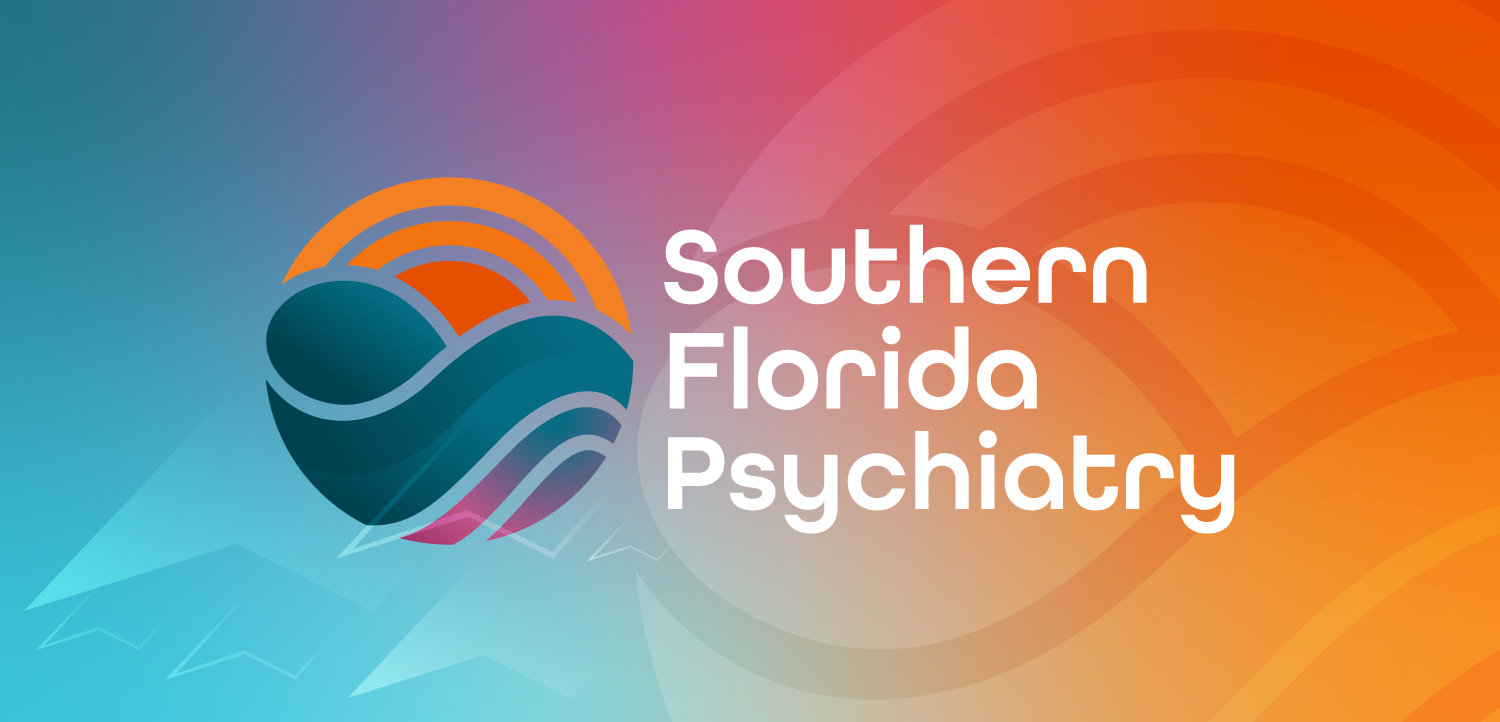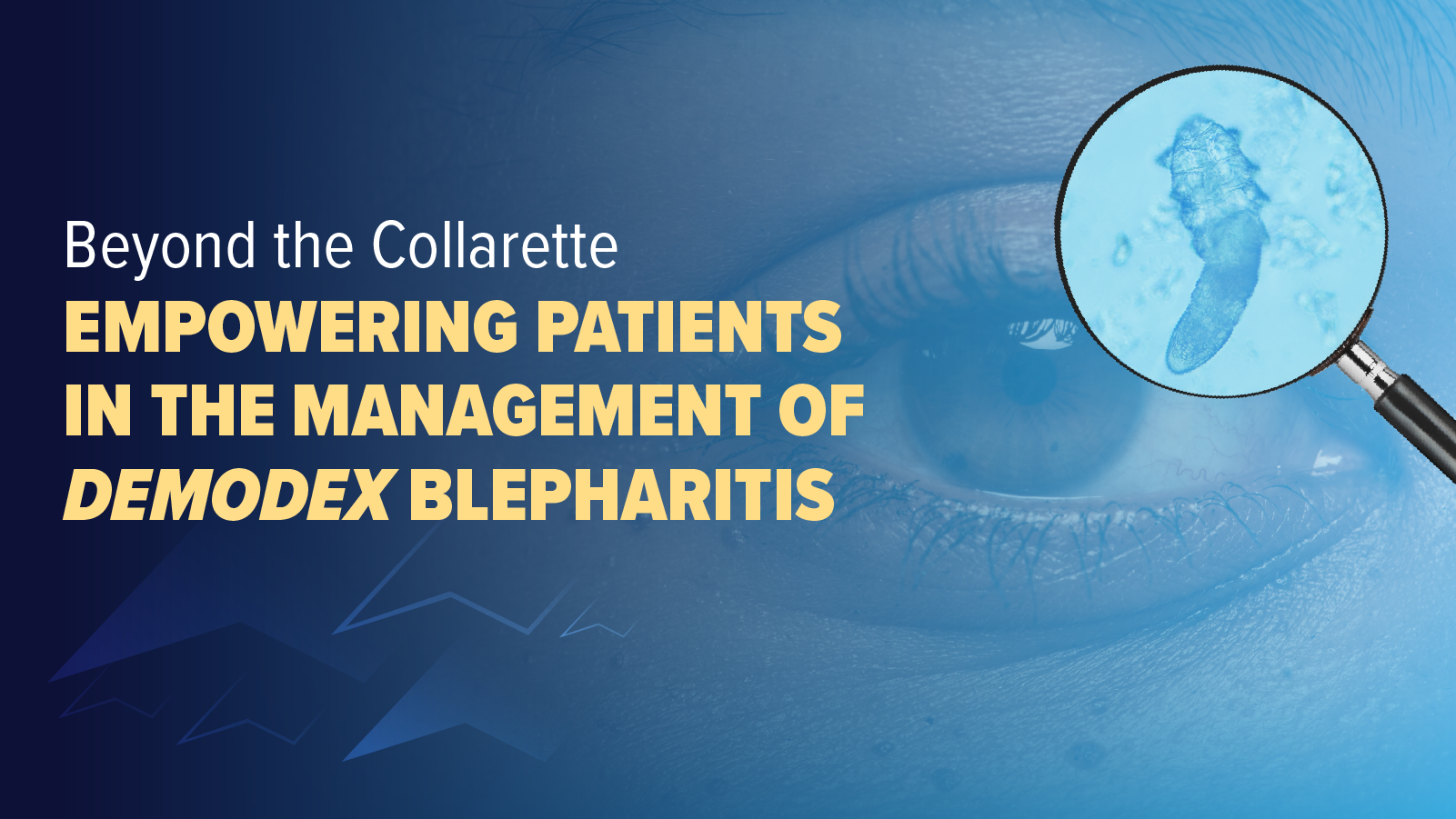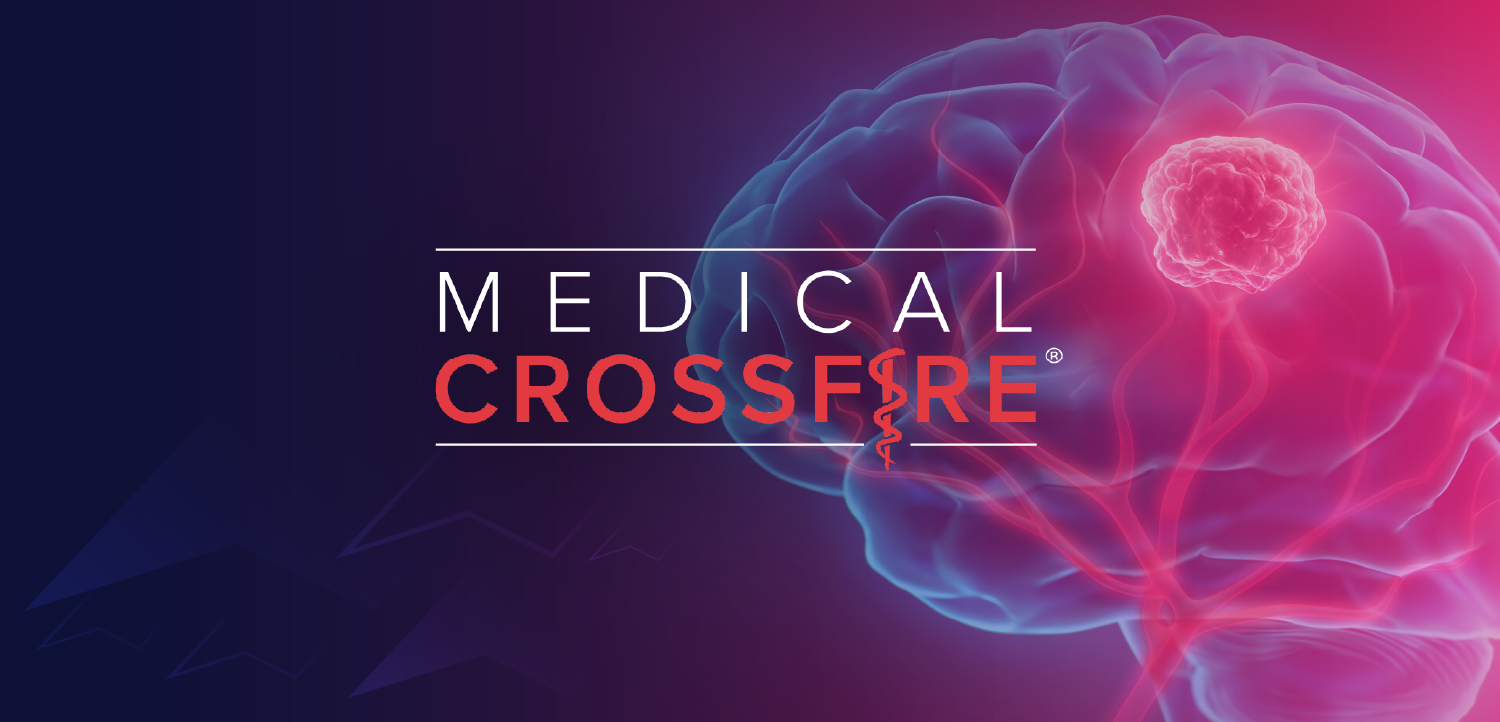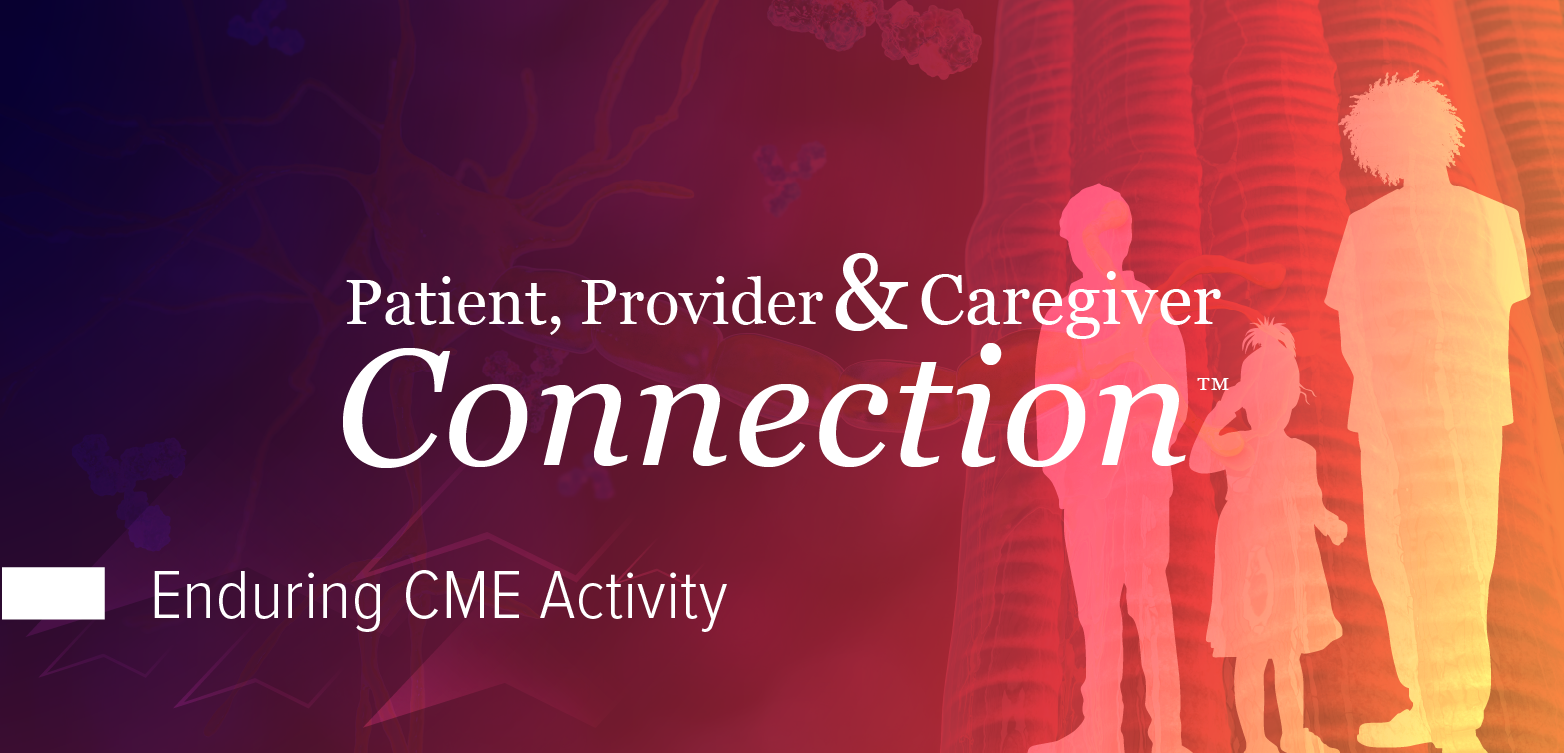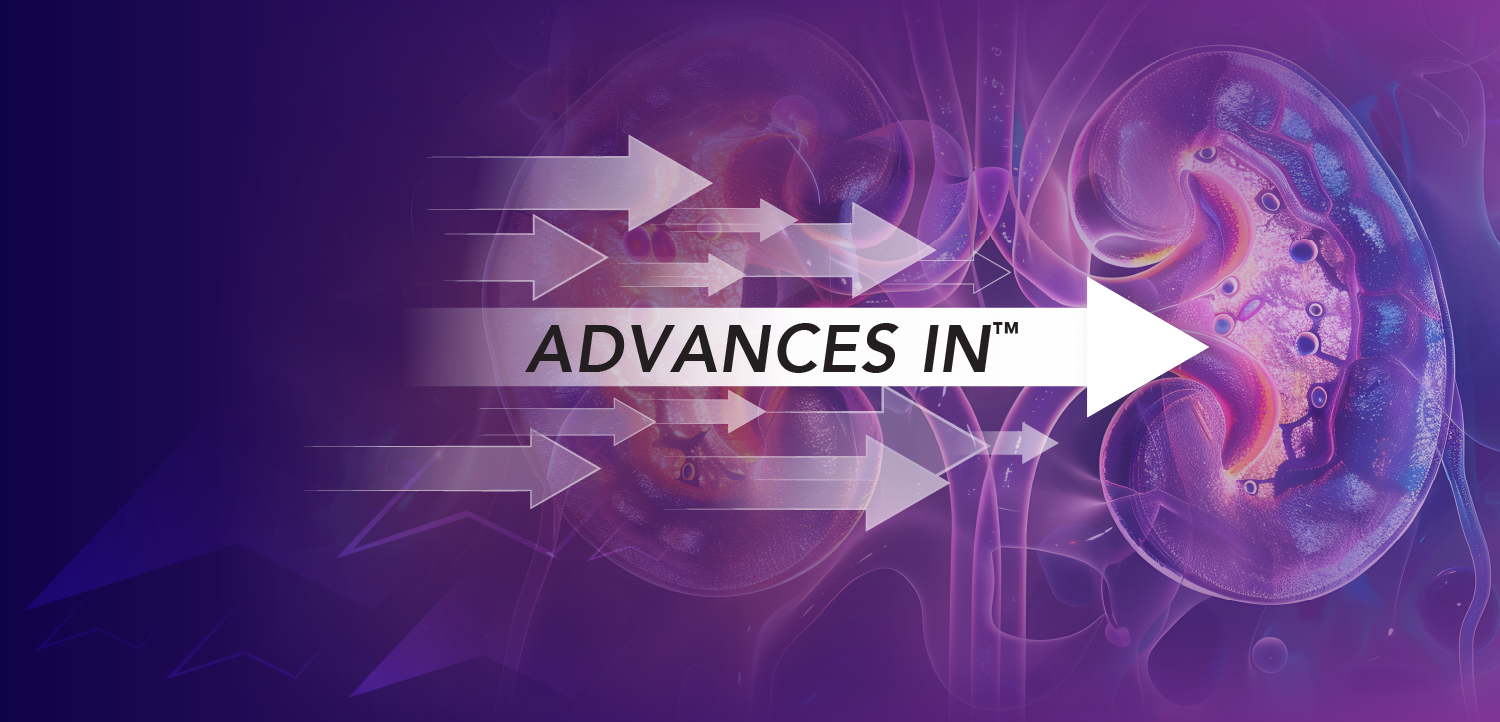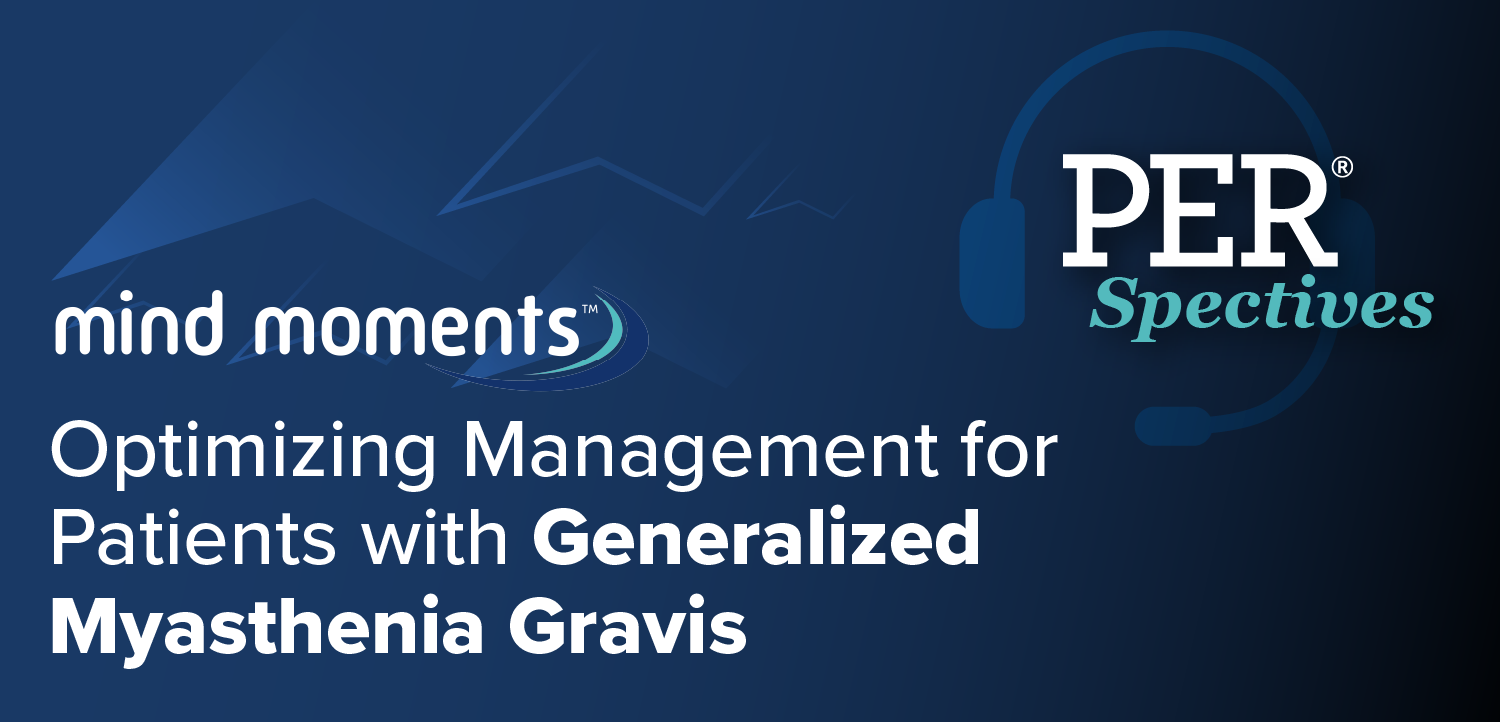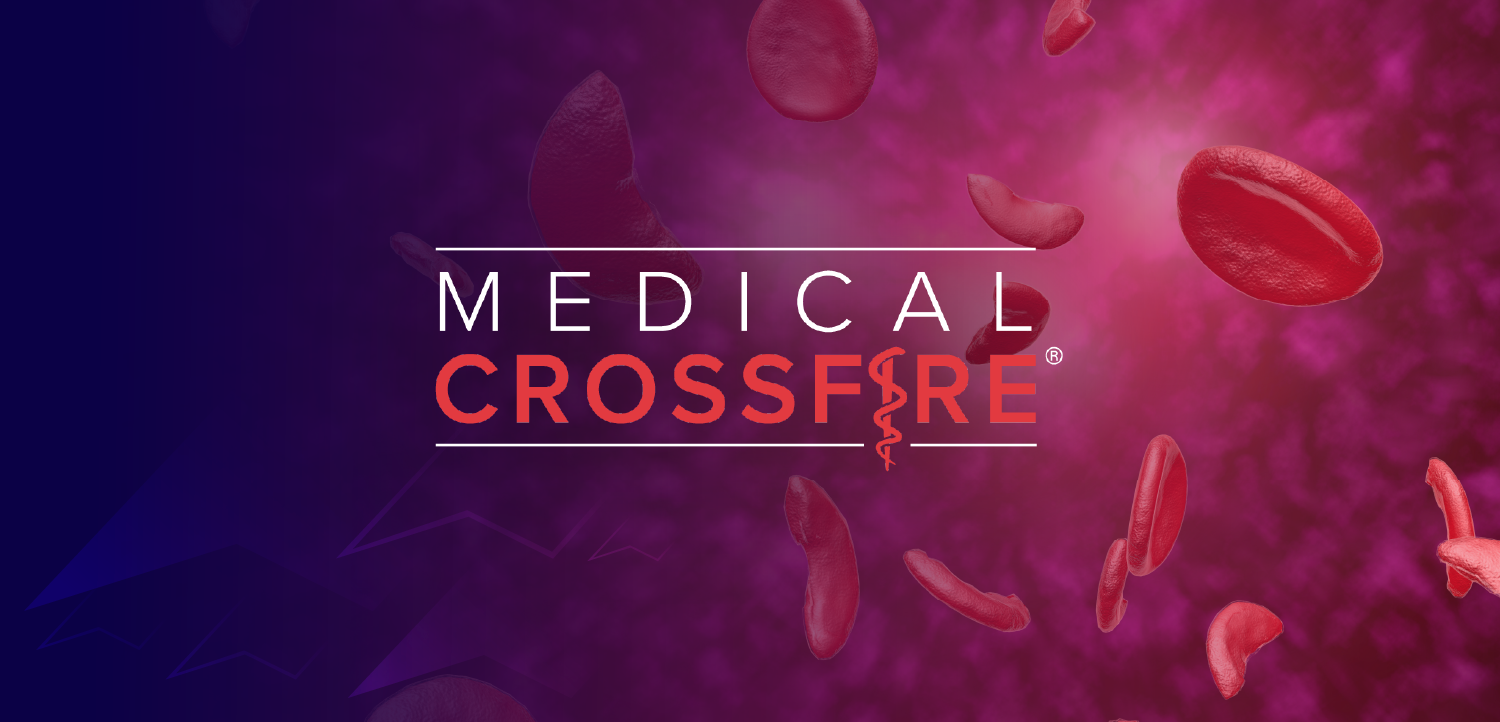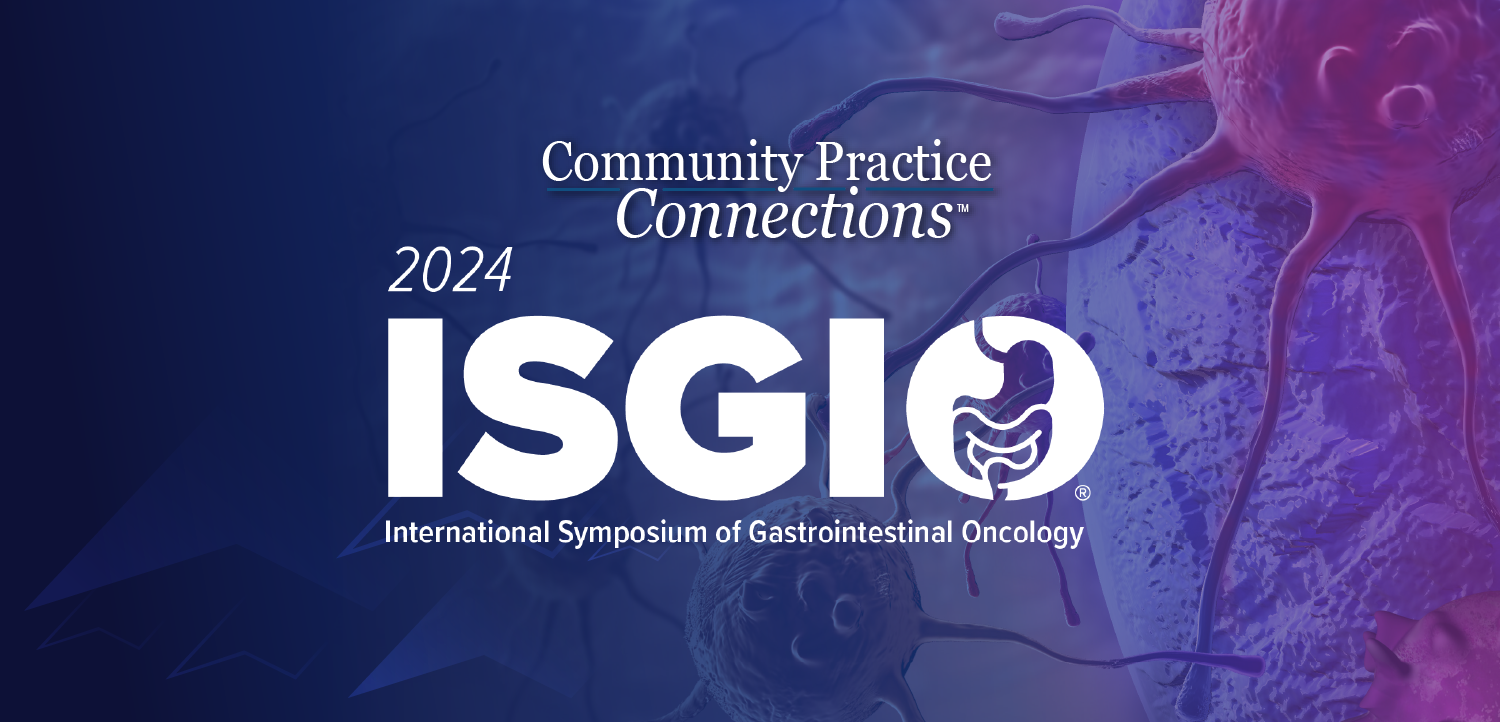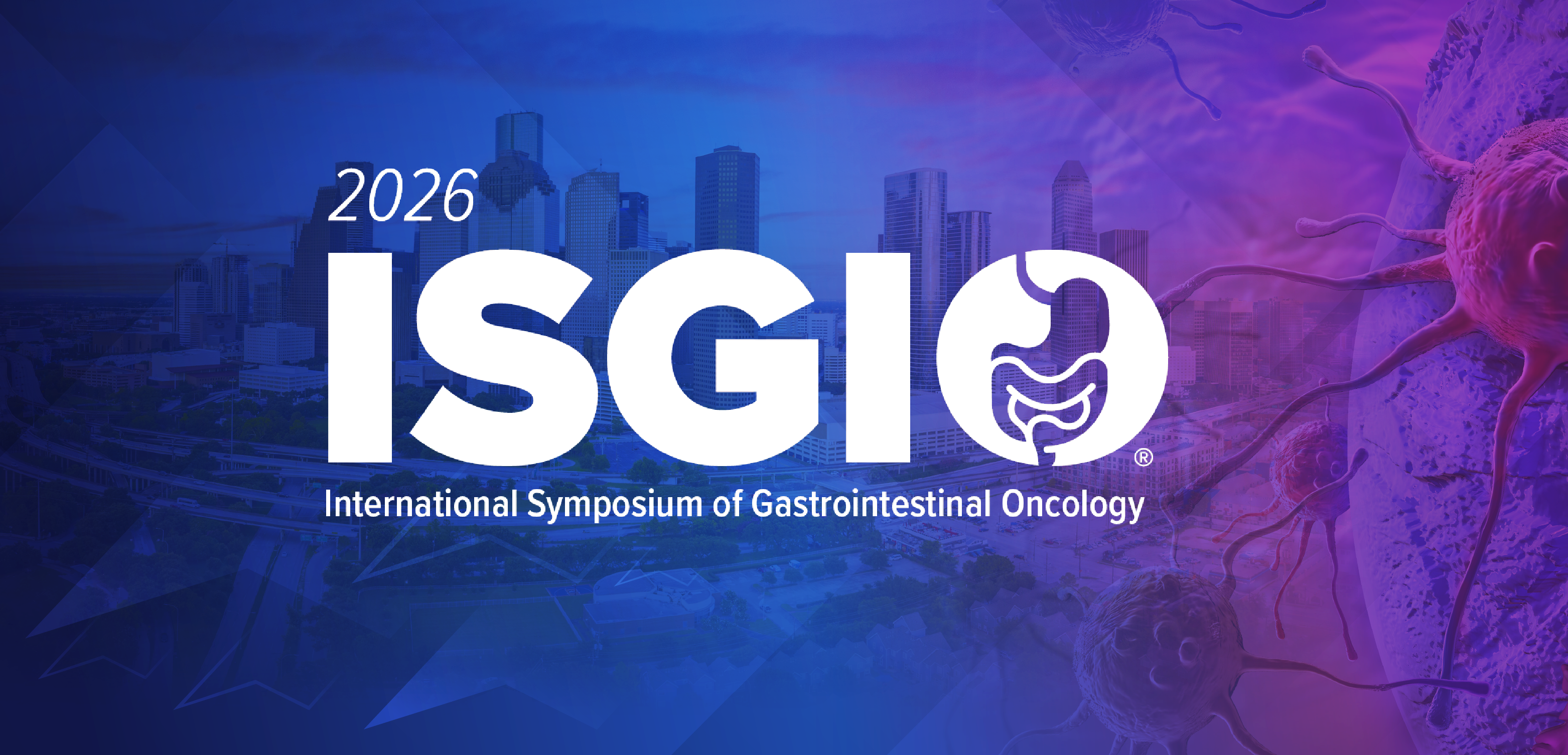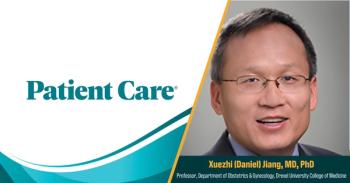
Lilly's Oral GLP-1 Agonist Orforglipron Linked to Weight Reduction of 12.4% in Pivotal Phase 3 Trial
The investigational daily oral GLP-1 RA met the primary endpoint for body weight reduction at 72 weeks and also improved a range of cardiovascular risk factors.
Positive topline phase 3 results for
The oral therapy showed a safety and tolerability profile consistent with injectable GLP-1 therapies and was taken without food or water restrictions, according to a company news release.
The pivotal ATTAIN-1 trial enrolled 3,127 adults with
In a key secondary endpoint, 59.6% of participants in the high-dose 36 mg group lost at least 10% of baseline body weight, and 39.6% lost at least 15%. Orgorglipron was also associated with cardiometabolic benefits that included reductions in non-HDL cholesterol, triglycerides, systolic blood pressure, and a reduction in hsC-reactive protein of nearly half (47.7%), according to the company.
"With orforglipron, we're working to transform obesity care by introducing a potential once-daily oral therapy that could support early intervention and long-term disease management, while offering a convenient alternative to injectable treatments," Kenneth Custer, PhD, Lilly executive vice president and president of Lilly cardiometabolic health, said in the news release. The company plans to submit the ATTAIN-1 data for regulatory review by the end of 2025, he added, and is preparing for a global launch.
Overall study findings were as follows:
- Percent weight reduction: 6 mg -7.5% (17.2 lbs), 12 mg -8.4% (19.0 lbs), 36 mg -11.2% (25.0 lbs), placebo -2.1% (5.3 lbs)
- Percentage of participants achieving body weight reductions of 10% or greater: 6 mg 33.3%, 12 mg 40.0%, 36 mg 54.6%, placebo 12.9%
- Percentage of participants achieving body weight reductions of 15% or greater: 15.1% (6 mg), 20.3% (12 mg), 36.0% (36 mg), 5.9% (placebo)
Lilly reported that the orforglipron safety profile was consistent with the GLP-1 receptor agonist class. The most common adverse events (AE) were gastrointestinal, including nausea (up to 35.9% with orforglipron vs 10.4% placebo), constipation (up to 29.8% vs 9.3%), diarrhea (up to 23.1% vs 9.6%), vomiting (up to 24.0% vs 3.5%), and dyspepsia (up to 16.2% vs 5.0%). Approximately 10% of participants in the 36-mg orforglipron-treated group discontinued treatment because of AEs compared to 2.6% in the placebo group. Overall discontinuation rates were lower in the orforglipron groups (21.9%–24.4%) than placebo (29.9%). There were no hepatic safety signals noted during the study.
Writing in the New England Journal of Medicine lead author of the phase 2 oroforglipron trial Sean Wharton, MD, medical director of the Wharton Medical Clinic, in Canada, and colleagues stated that given currently available treatment options for weight management, "there is an unmet need for an oral, incretin-based therapy with efficacy similar to that of injectable GLP-1 receptor agonists. Such therapy has the potential to increase acceptance of treatment, adherence to treatment, ease of use, and persistent use."2
Lilly plans to present the full results from ATTAIN-1 at the European Association for the Study of Diabetes Annual Meeting in September. Oforglipron, a non-peptide small molecule GLP-1 receptor agonist originally developed by Chugai Pharmaceutical, is also being studied for type 2 diabetes, obstructive sleep apnea, and hypertension, according to the release.
References
Lilly's oral GLP-1, orforglipron, delivers weight loss of up to an average of 27.3 lbs in first of two pivotal Phase 3 trials in adults with obesity. News release. Lilly. August 7, 2025. Accessed August 7, 2025. https://investor.lilly.com/news-releases/news-release-details/lillys-oral-glp-1-orforglipron-delivers-weight-loss-average-273
Wharton S, Blevins T, Connery L, et al. Daily oral GLP-1 receptor agonist orforglipron for adults with obesity. N Engl J Med. 2023;389:877-888 doi: 10.1056/NEJMoa2302392
Newsletter
Enhance your clinical practice with the Patient Care newsletter, offering the latest evidence-based guidelines, diagnostic insights, and treatment strategies for primary care physicians.

